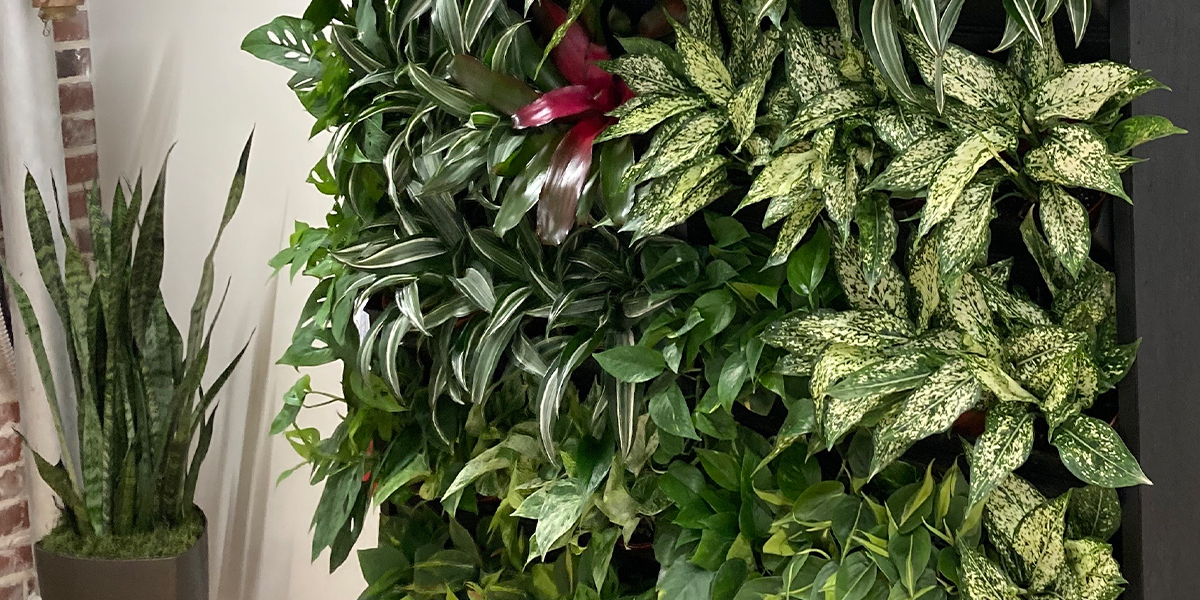The Nature of Plants: Photosynthesis
Plants, with their serene presence and quiet beauty, have inspired poets, artists, and dreamers since the beginning of time. They captivate us just by existing – they don’t wander, they don’t vocalize, and they don’t perform any of the activities that we humans believe are important for a fulfilling life. Yet they thrive in an existence vastly different from our own.
Every variety of plant is different, but almost all share some commonalities about the very basics of how they live and grow. At the center of this shared experience is photosynthesis, the mechanism through which plants derive their energy, color, and life.
Solar-Powered Living: Plants are the ultimate solar panels. Through photosynthesis, they capture sunlight, converting it into energy in a way that’s both efficient and sustainable. This process fuels their growth even if we can’t see their effort with the naked eye. All around you – even the potted plant in the corner of your room – plants are using photosynthesis to provide for themselves. Harnessing energy directly from the sun means they are much more efficient than animals higher up the food chain.
Carbon Dioxide Converters: While humans exhale carbon dioxide, plants take this gas and, through photosynthesis, transform it into oxygen and glucose. This remarkable exchange is vital for the planet’s carbon cycle and is part of the beautiful symbiosis between plant life and animals, including humans. Depending on the species, a single tree may be able to absorb dozens and dozens of pounds of CO2 annually. This makes them ideal roommates and office mates.
Water Regulators: Plants play a role in the water cycle through photosynthesis and their growth functions. During transpiration, they release water vapor into the air from their leaves. This process significantly contributes to atmospheric moisture and precipitation, almost acting as natural air conditioners and humidifiers. In large forests, this can dramatically affect local weather patterns, including rainfall distribution. In office settings, it makes the air cleaner and healthier for humans.
Growth and Adaptation: Plants can adjust their photosynthetic rates based on environmental conditions, showcasing an incredible ability to optimize for survival. Like wild animals, most plants are resilient to short-term change and always fight to make the best of their situation. This ability allows plants to survive in varied conditions – from arid deserts to cold tundra environments.
Healing and Renewal: Just as humans can heal minor injuries, plants can repair themselves through the energy gained from photosynthesis. They can seal off damaged areas and even regrow parts, using the sugars produced by photosynthesis to fuel recovery processes. This remarkable regenerative ability is part of why many plants can have lifespans reaching into the hundreds or thousands of years.
Communication Abilities: Research suggests that plants can communicate their needs and stress signals, particularly through their roots. They release chemical signals into the soil, which neighboring plants can pick up – an unseen, underground network. Some forests seem to behave almost as single entities, distributing nutrients and warnings about pests among themselves.
Longevity and Legacy: Some plants live for thousands of years, creating legacies that span generations. They grow, reproduce, and contribute to their ecosystems over centuries, becoming interwoven into the very fabric of their environment. The longevity of plants like the bristlecone pine or the giant sequoia reminds us of the enduring nature of life on Earth.
Plant Photosynthesis Helps Humans to Thrive
The simple fact is that humans could not exist without plants. While this is true on a macro level, it also points to a more practical reality—plants make life better, healthier, and more beautiful for all of us. Whether potted plants, living walls, or intricate plant installations, Tropex will help you infuse your office or retail environment with the vitality and magic of plants.


